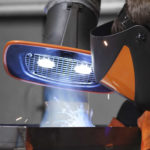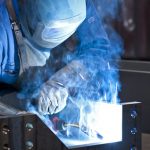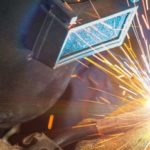Danger from welding fumes: Welding processes can cause a variety of health risks
Welding fumes are dangerous to the health of welders, that’s obvious. But the particular risks they entail depend primarily on the welding processes and the materials they use. There are big differences. This collection of texts about the particular dangers of the individual welding processes provides a differentiated overview.
Welding fumes always consist of particulate and gaseous hazardous substances. These in turn depend on the welding process and the materials it uses. Because different welding processes can process different materials – base materials as well as filler materials, welding fumes are always a dangerous mixture of a variety of components.
A large number of harmful substances can be produced in each processing step. It is therefore worth taking a closer look at the dangers that arise in specific welding processes. The most important processes in joining and cutting technology are the following:
- Welding
- Thermal cutting
- Thermal spraying
Behind these generic terms, however, there are other processes with special characteristics.
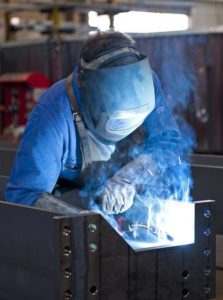 Oxy-fuel welding
Oxy-fuel welding
More than just nitrogen dioxide: Oxy-fuel welding is considered to be comparatively slow in the processing of sheet metal and pipes. Nevertheless, hazardous substances that should not be underestimated are released. >> learn more
Electric arc welding
Attention when electric arc welding: The material of the core bar and its coating are decisive for the intensity of the danger in this process. The formation of chromium VI compounds is a major issue. >> learn more
MAG welding
So popular in the processing of steels and yet so dangerous: MAG welding is the welding process with the highest emission rates for welding fumes. The type of MAG process determines the hazardous substances. >> learn more
MIG welding
Fewer emissions than MAG welding, and yet MIG welding results in high-risk hazardous substances. This welding process requires effective protective welding equipment, particularly because of gas exposure. >> learn more
TIG welding
TIG welding is actually considered to be clean, but appearances can be deceptive. During the welding process, welders are exposed to nitrogen oxides, radioactivity and even ozone. >> learn more
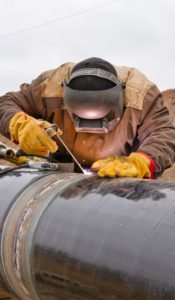 Resistance welding
Resistance welding
The good news first: Welding fumes are negligible in resistance welding – but a word of caution: Magnetic currents create a high level of danger here. >> learn more
Laser welding
Is there any danger when a robot does the welding? Yes, especially if the welding uses filler material! Welding fume extraction is also necessary for this almost fully automated welding process. >> learn more
Thermal cutting
The hazardous substances that are produced during thermal cutting depends on several parameters. But one thing is for sure in the separation process: Effective detection of hazardous substances by means of extraction technology is essential. >> learn more
Thermal spraying
High noise emissions and a large amount of hazardous substances: Thermal spraying places high demands on effective protective welding equipment. Even for solutions involving processing in a cabin, hazardous material extraction is also necessary. >> learn more



